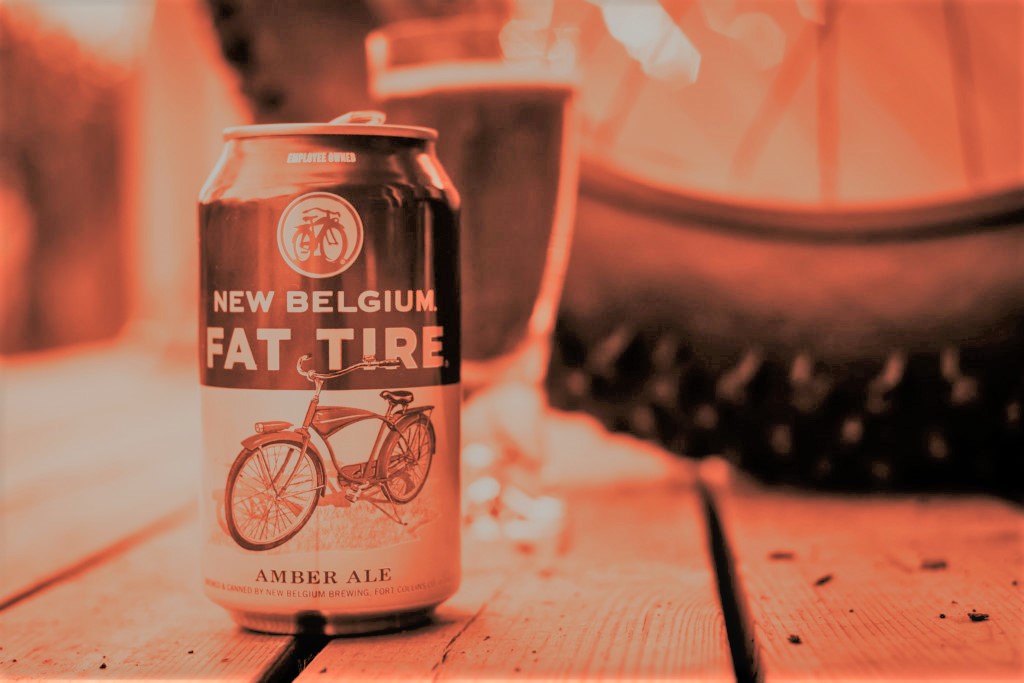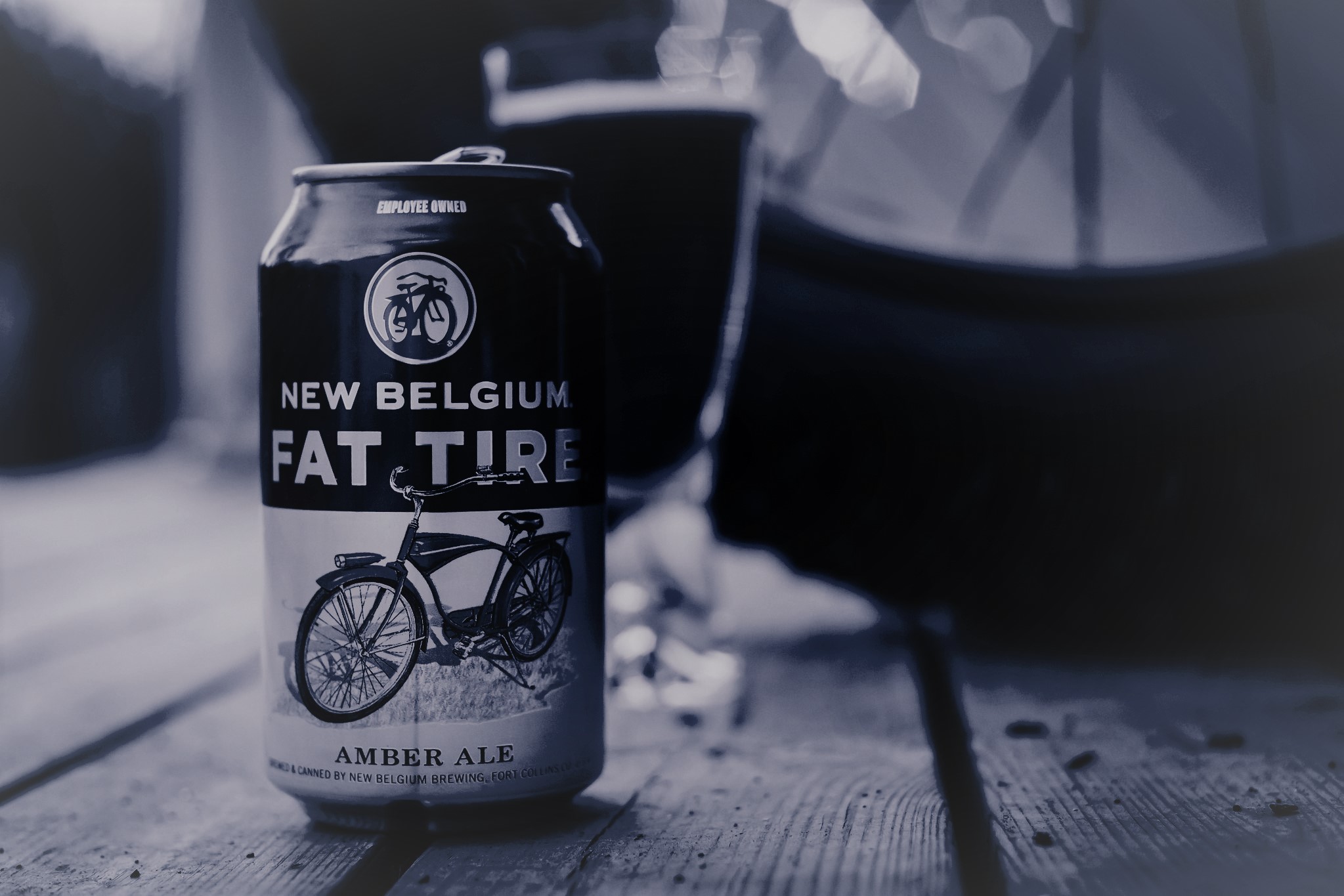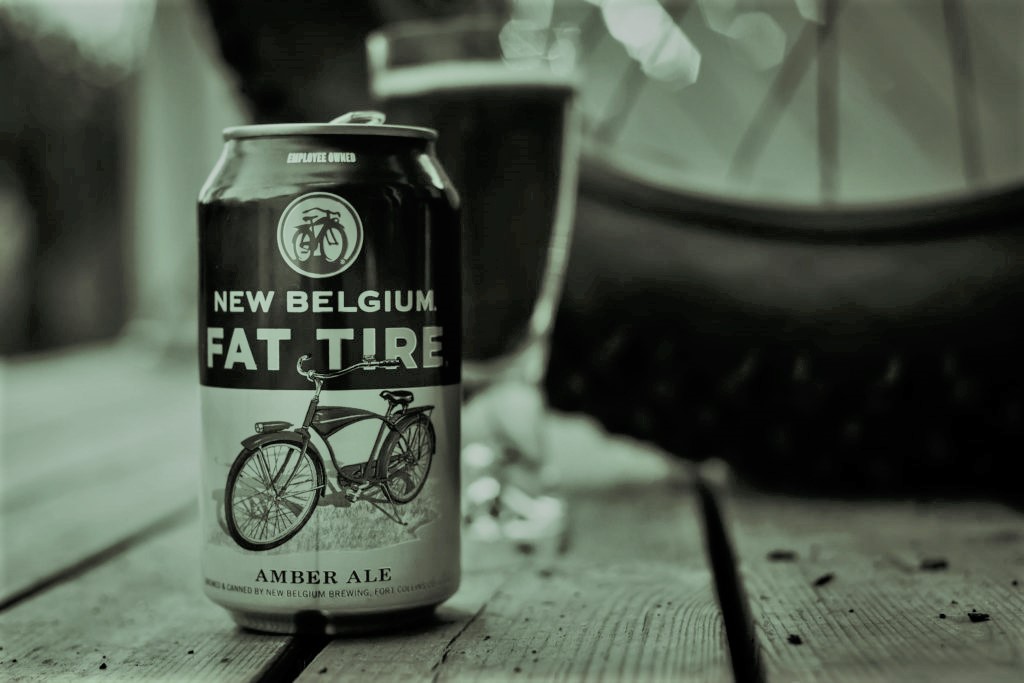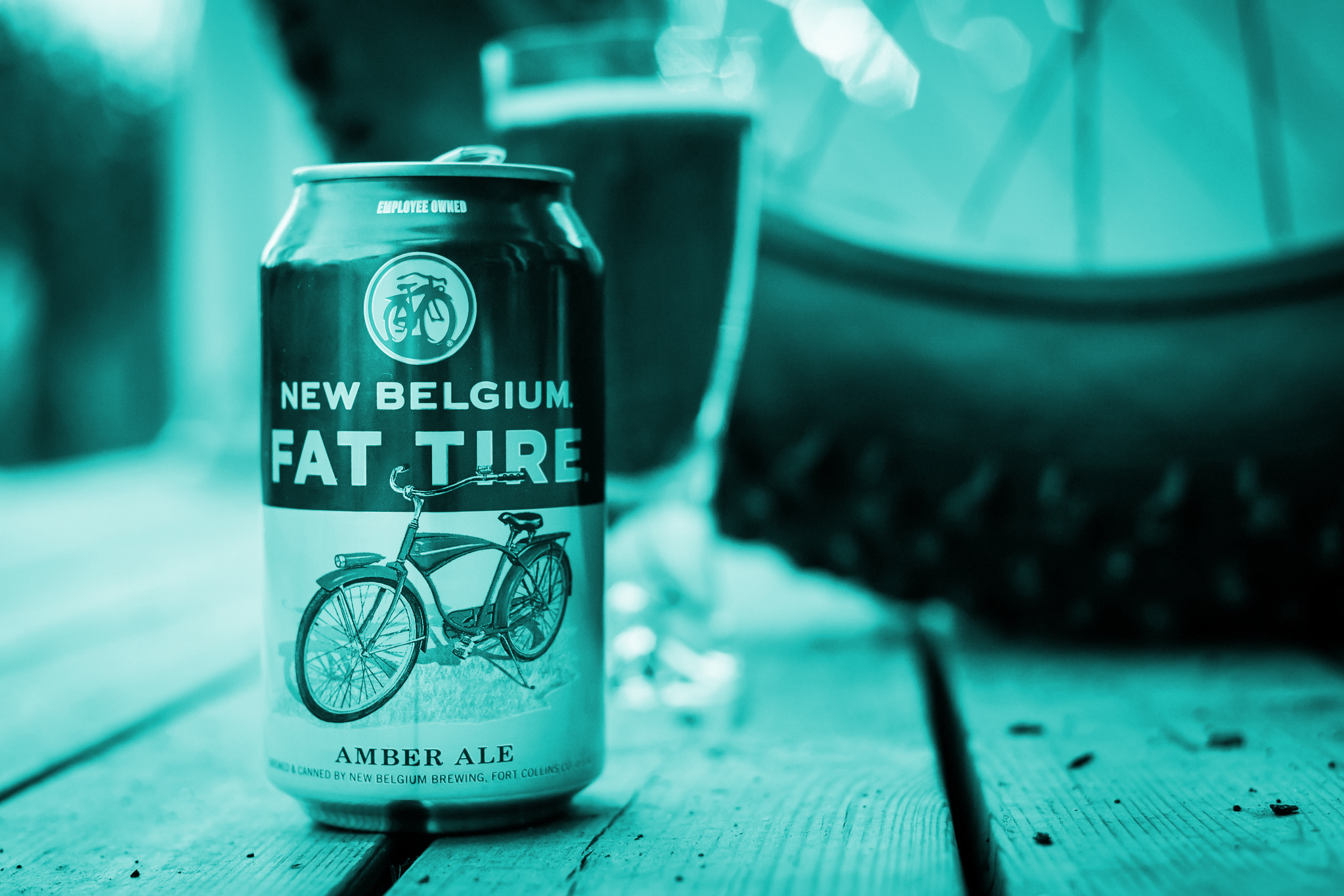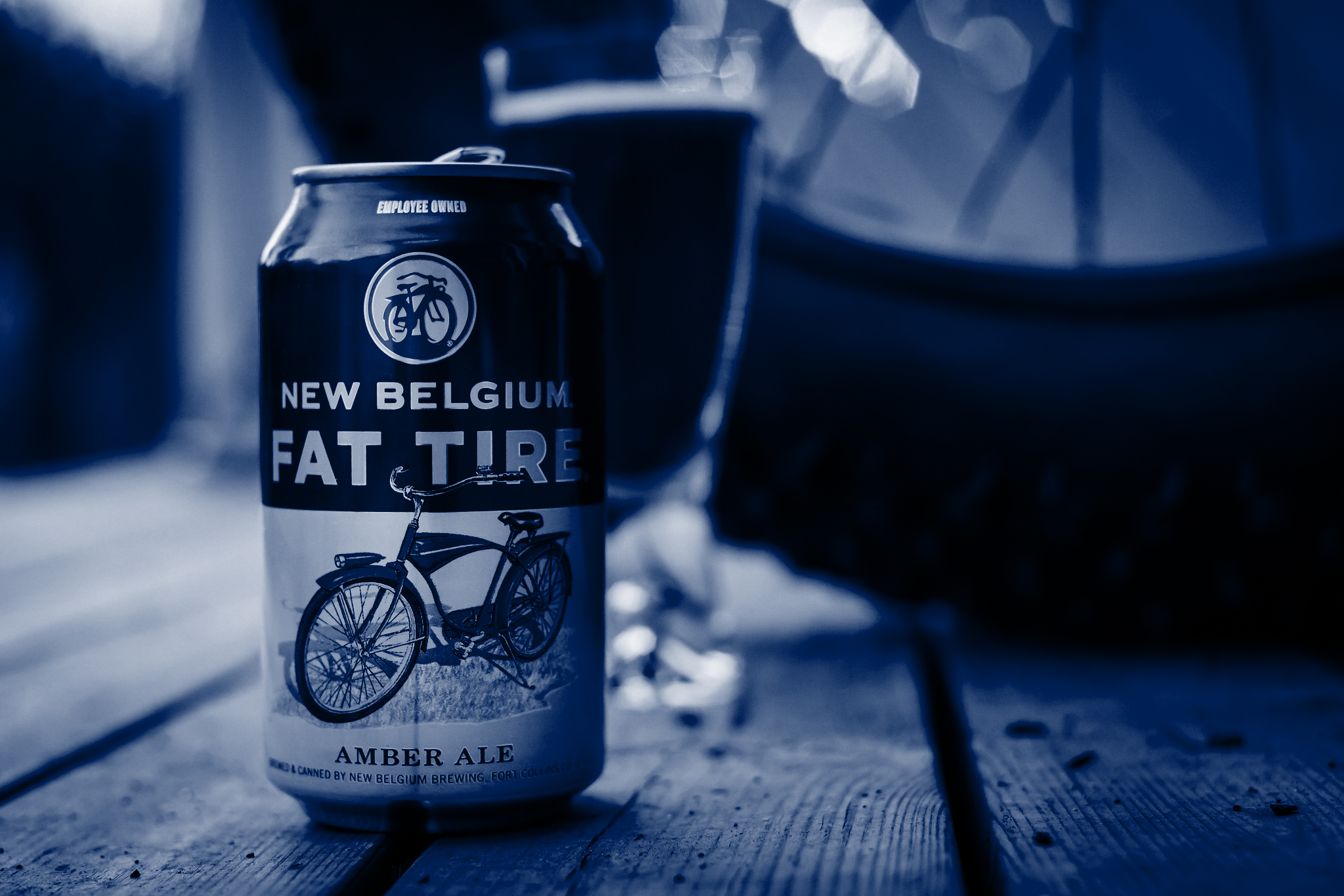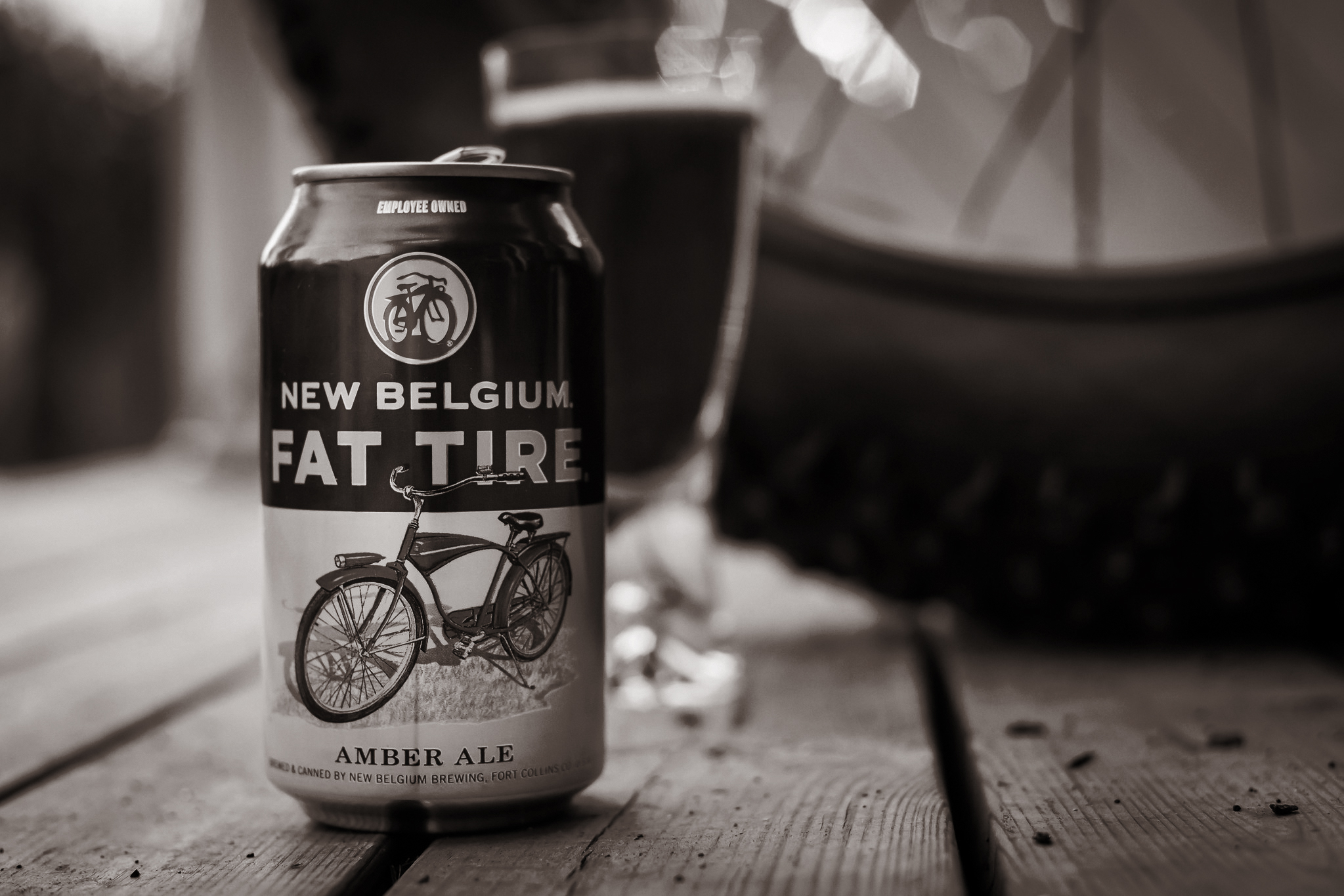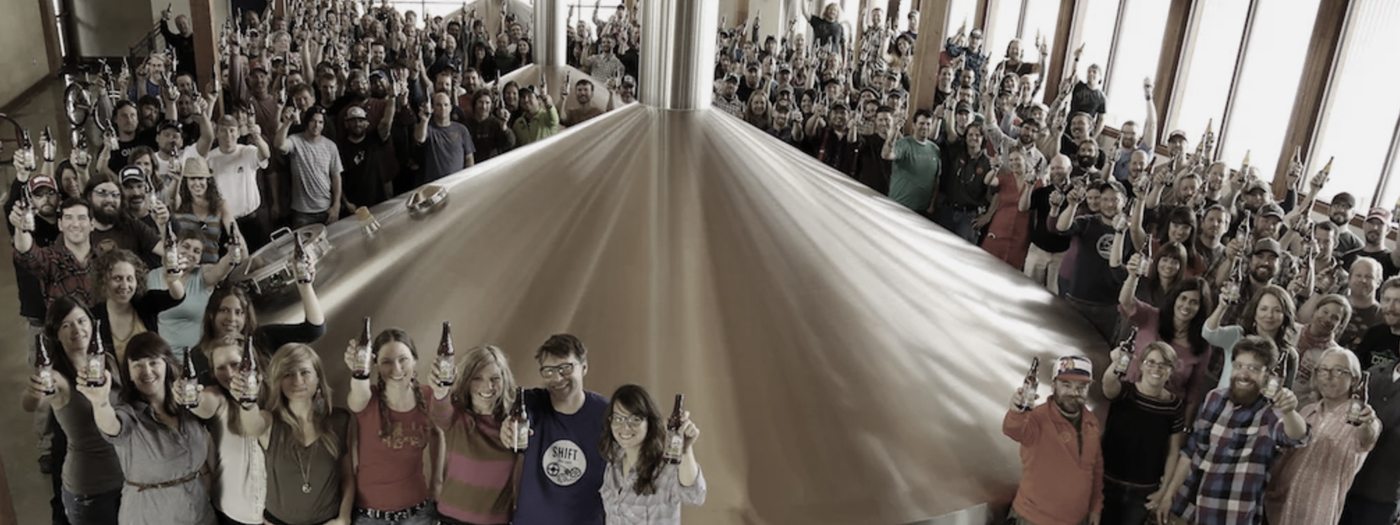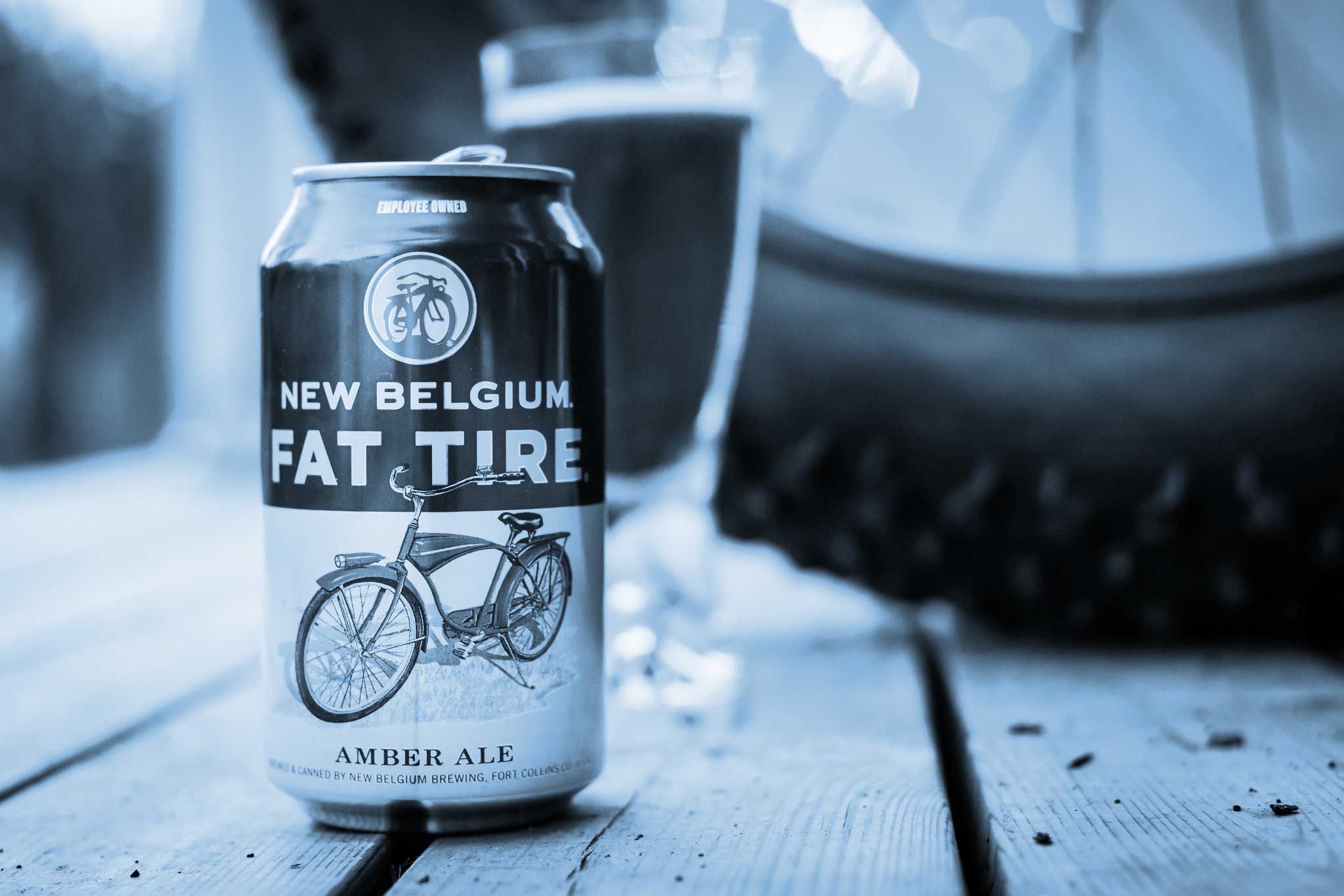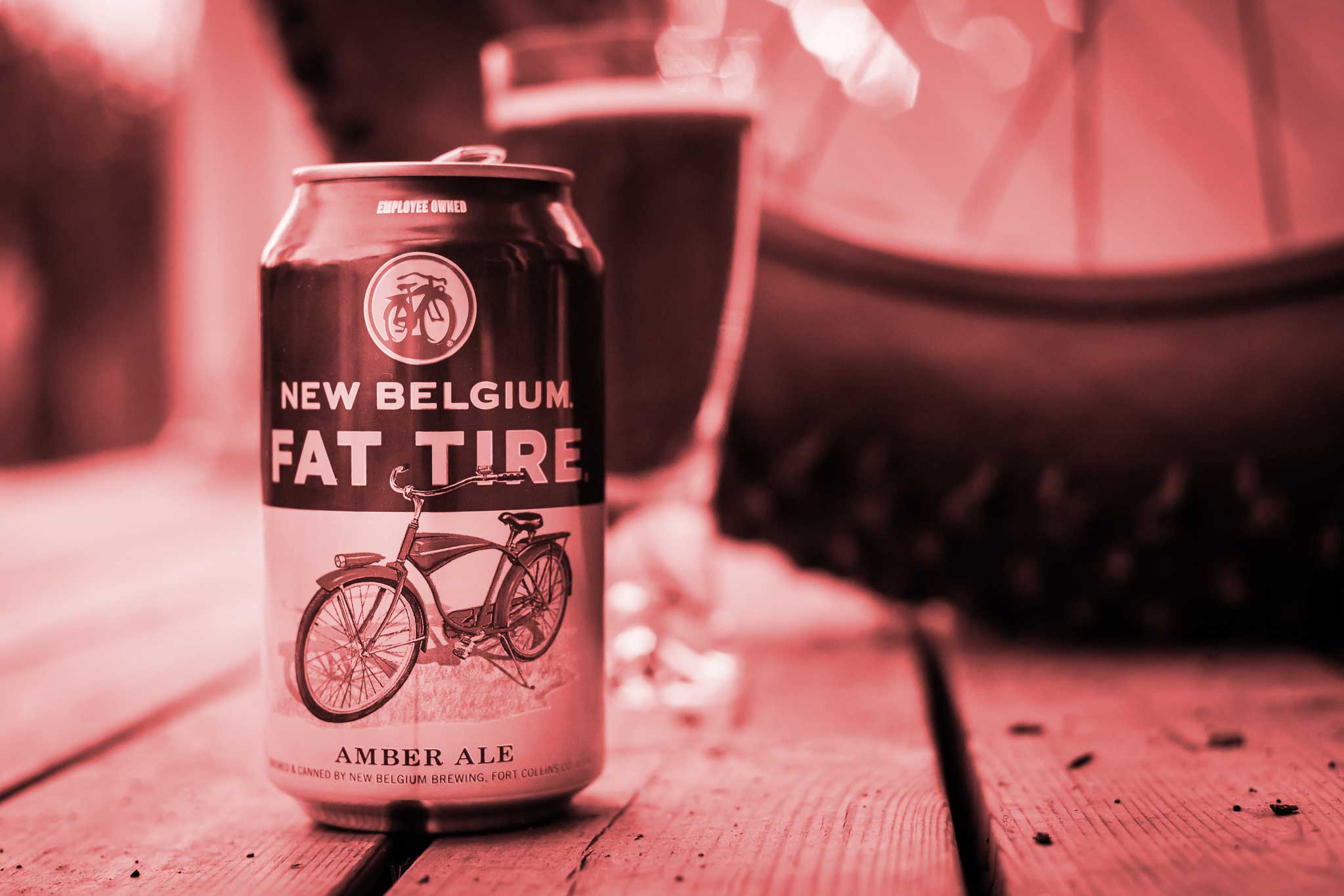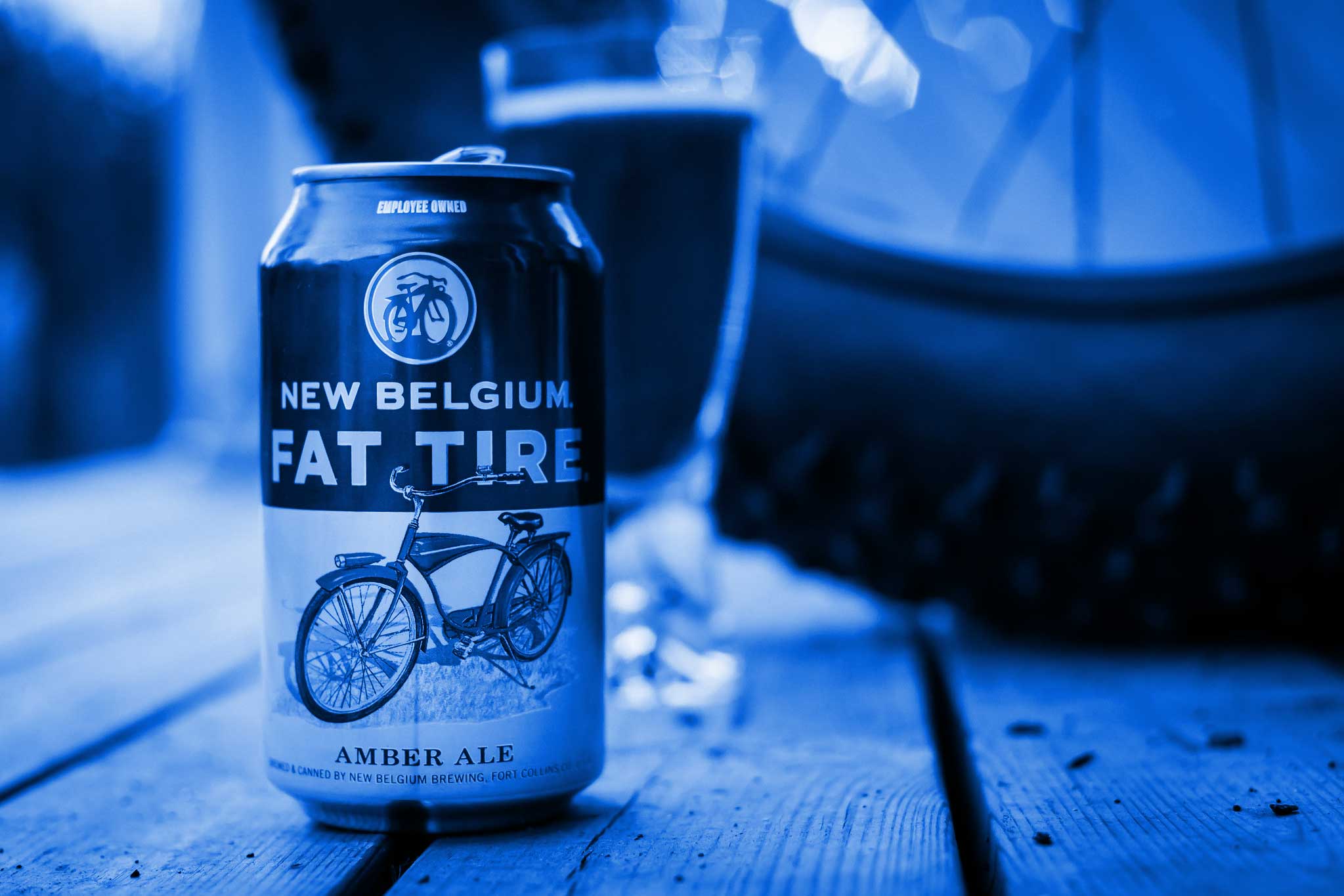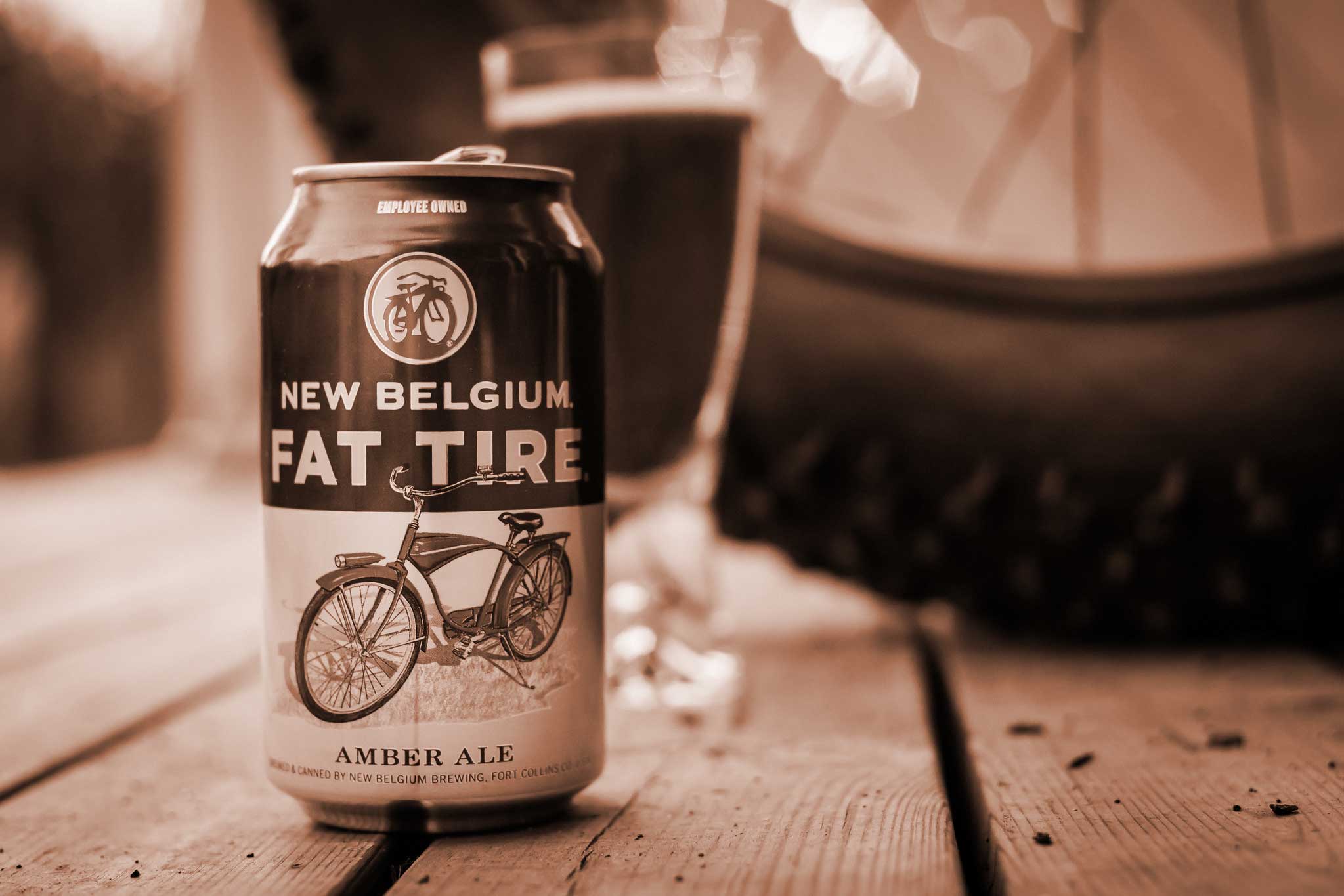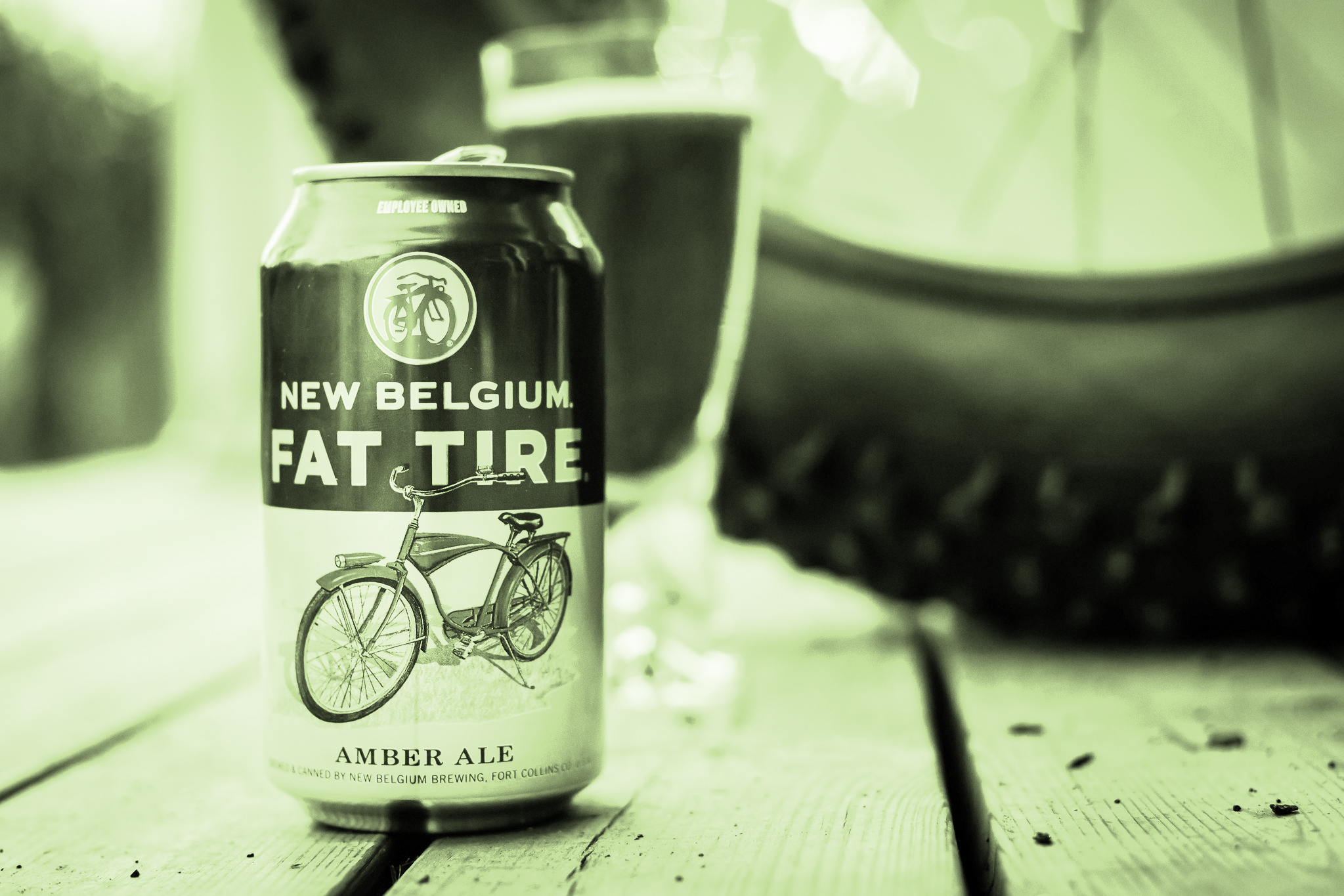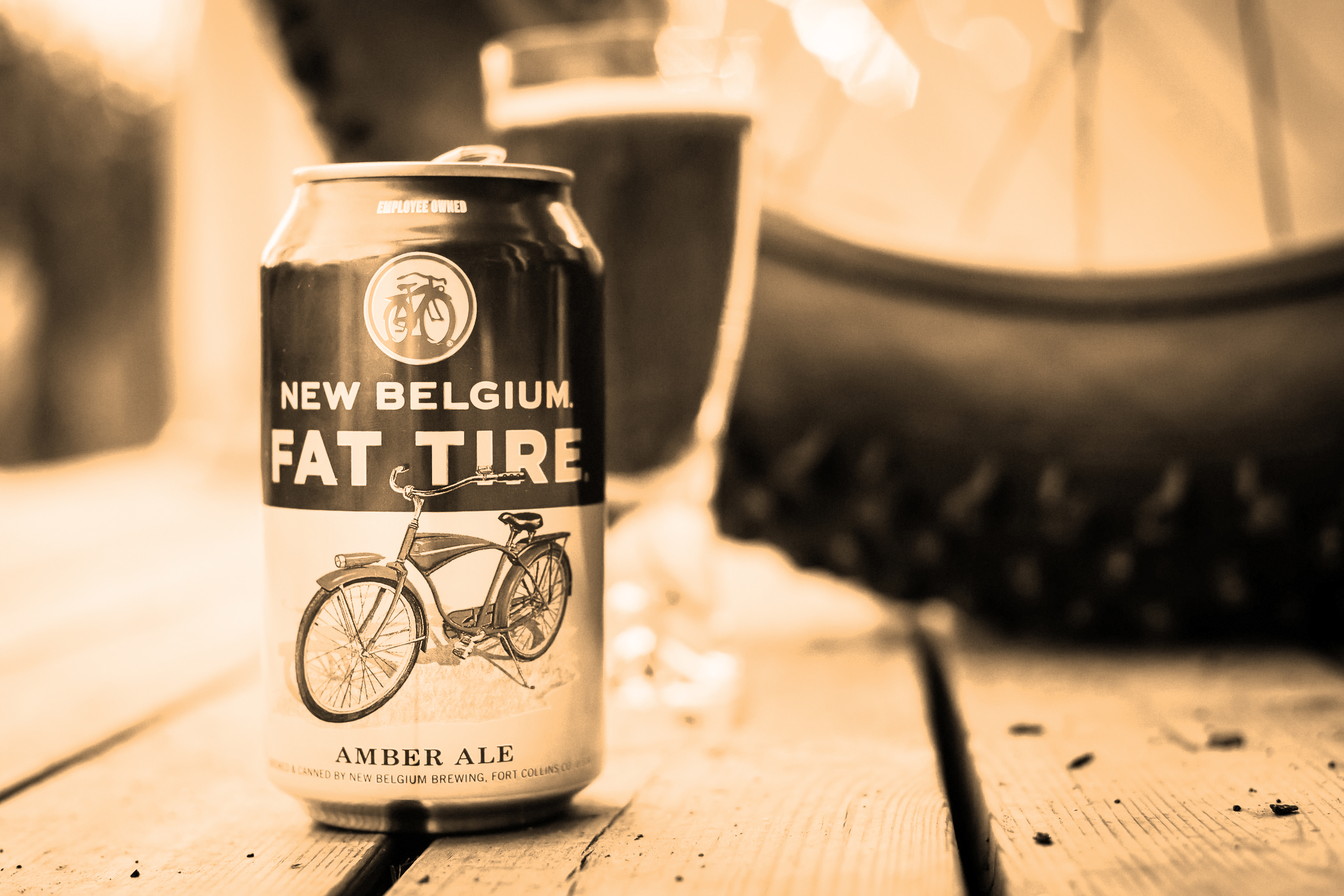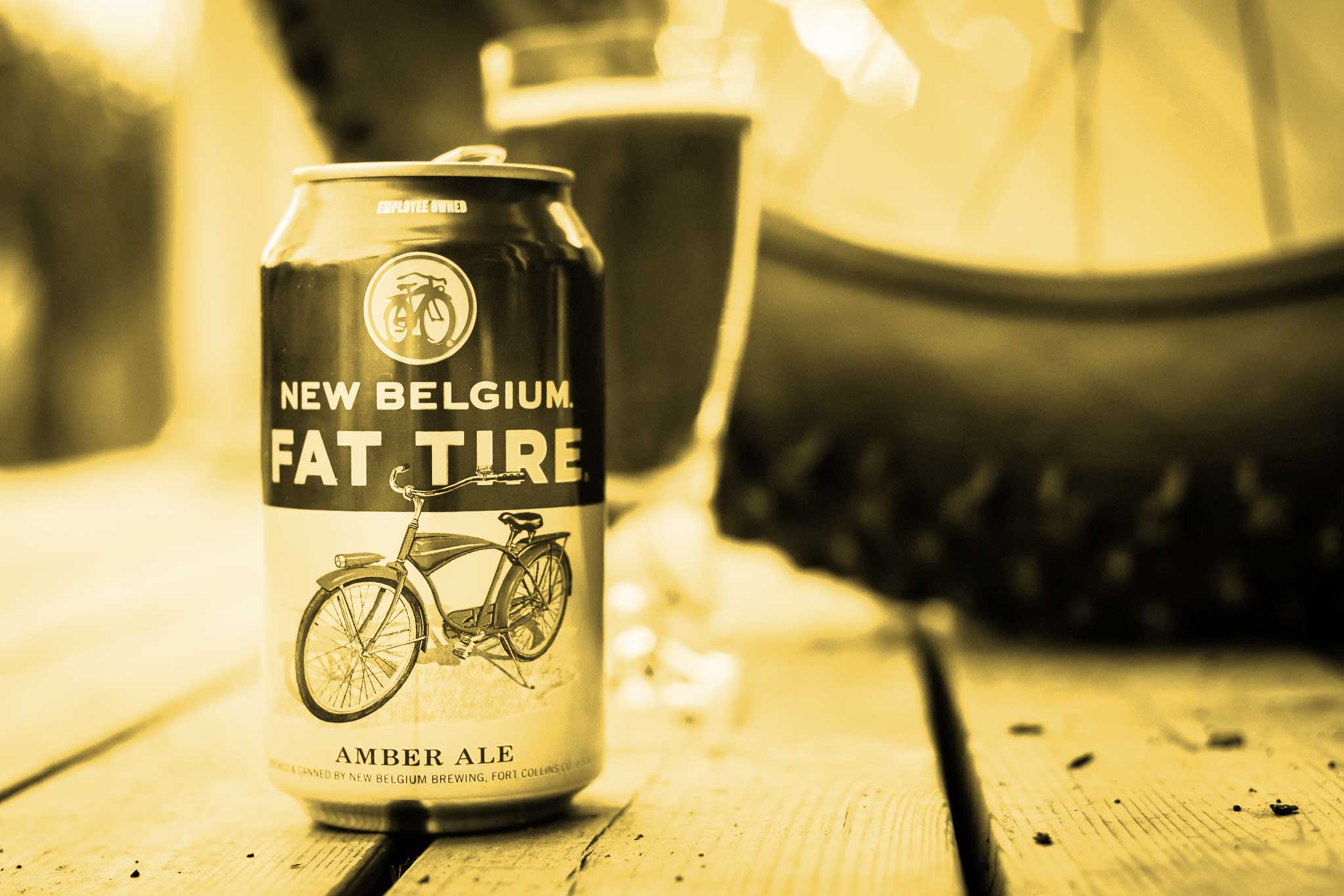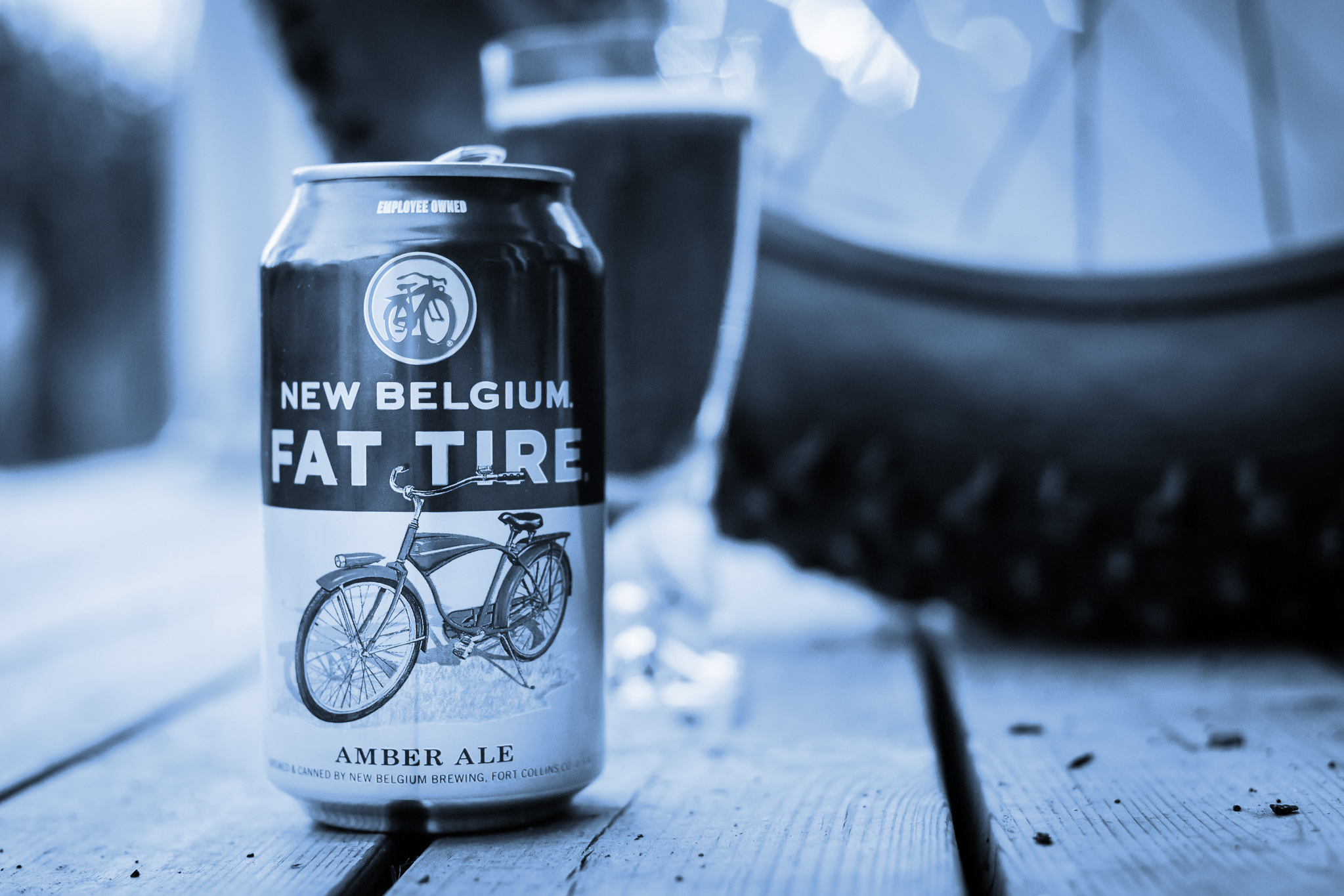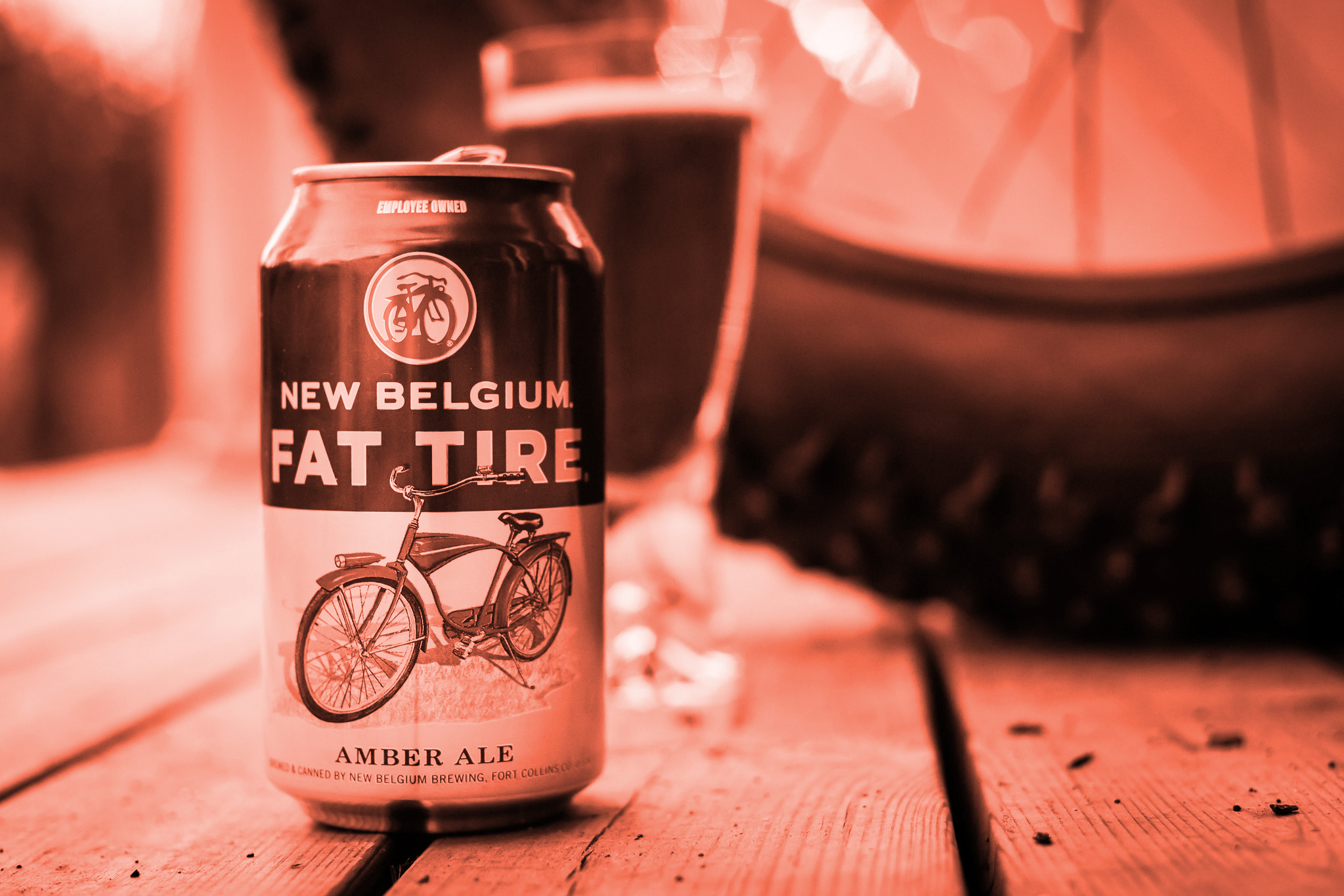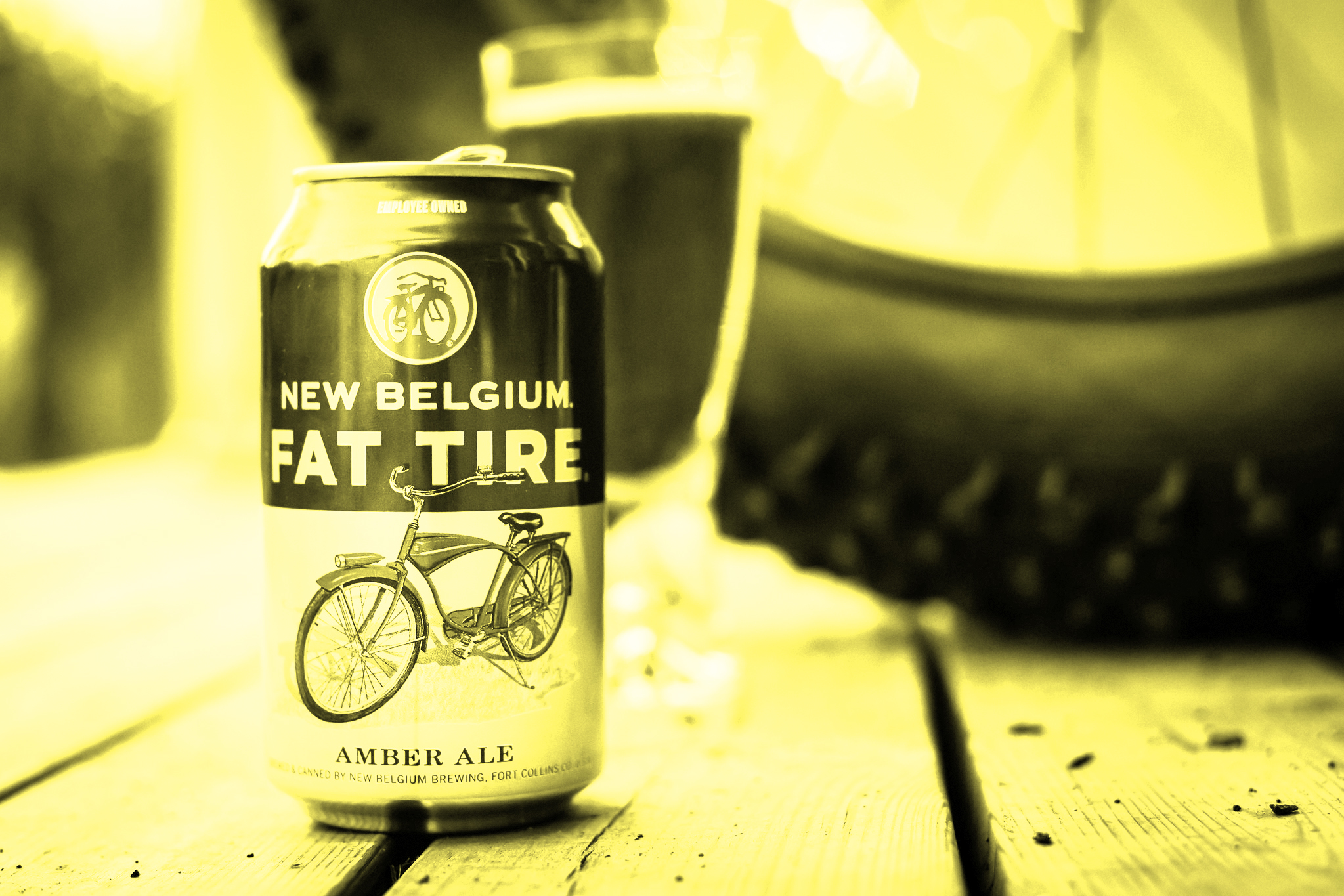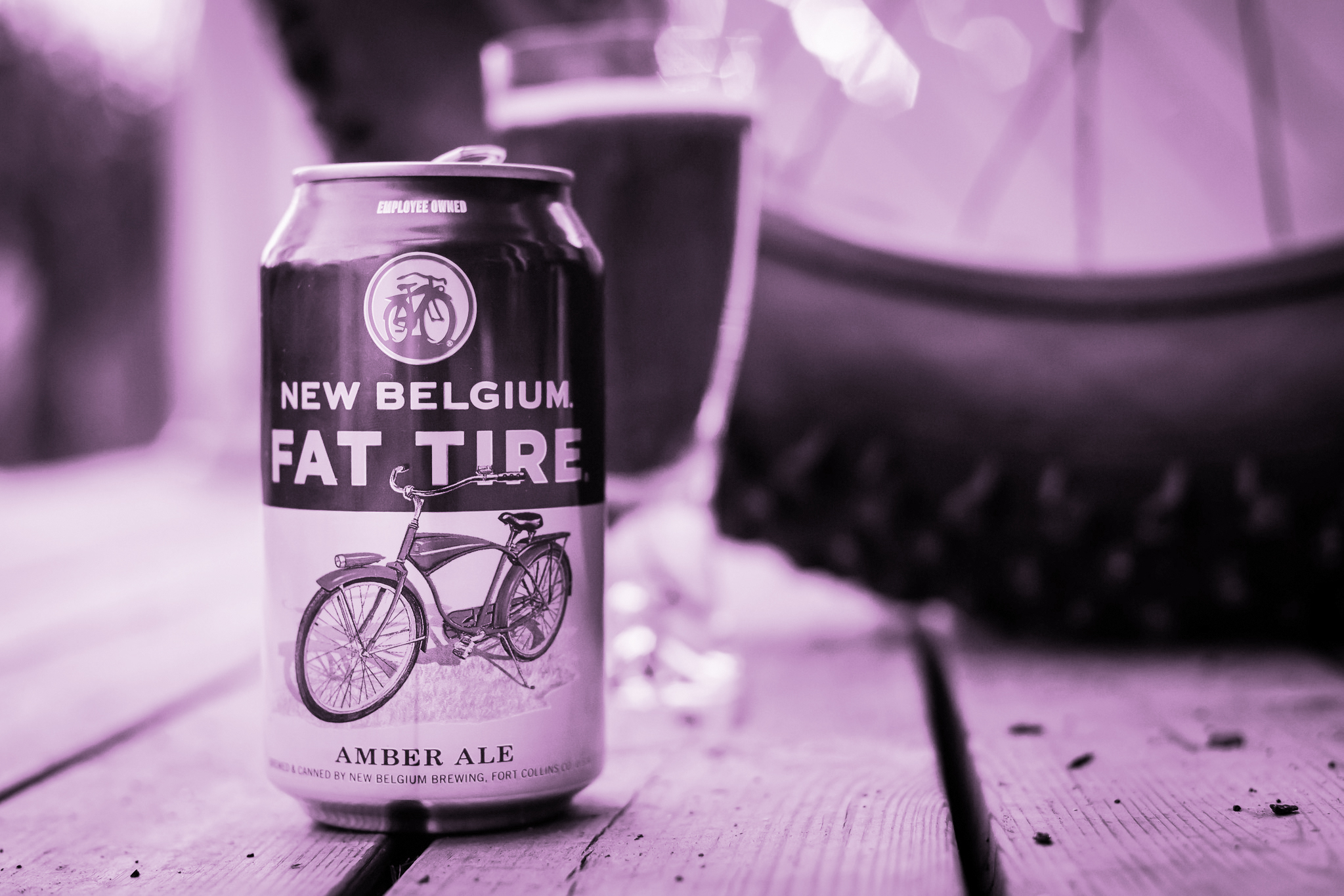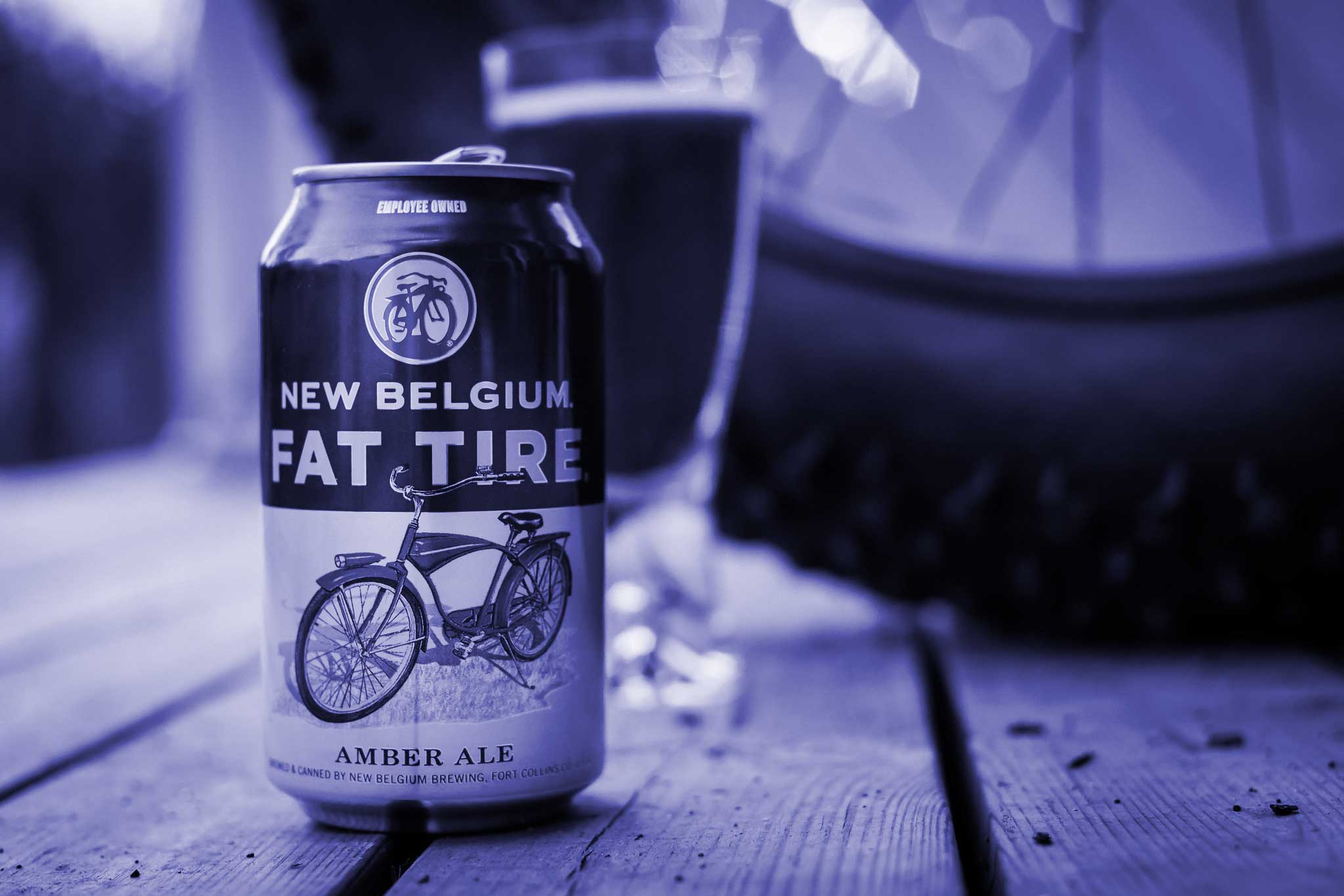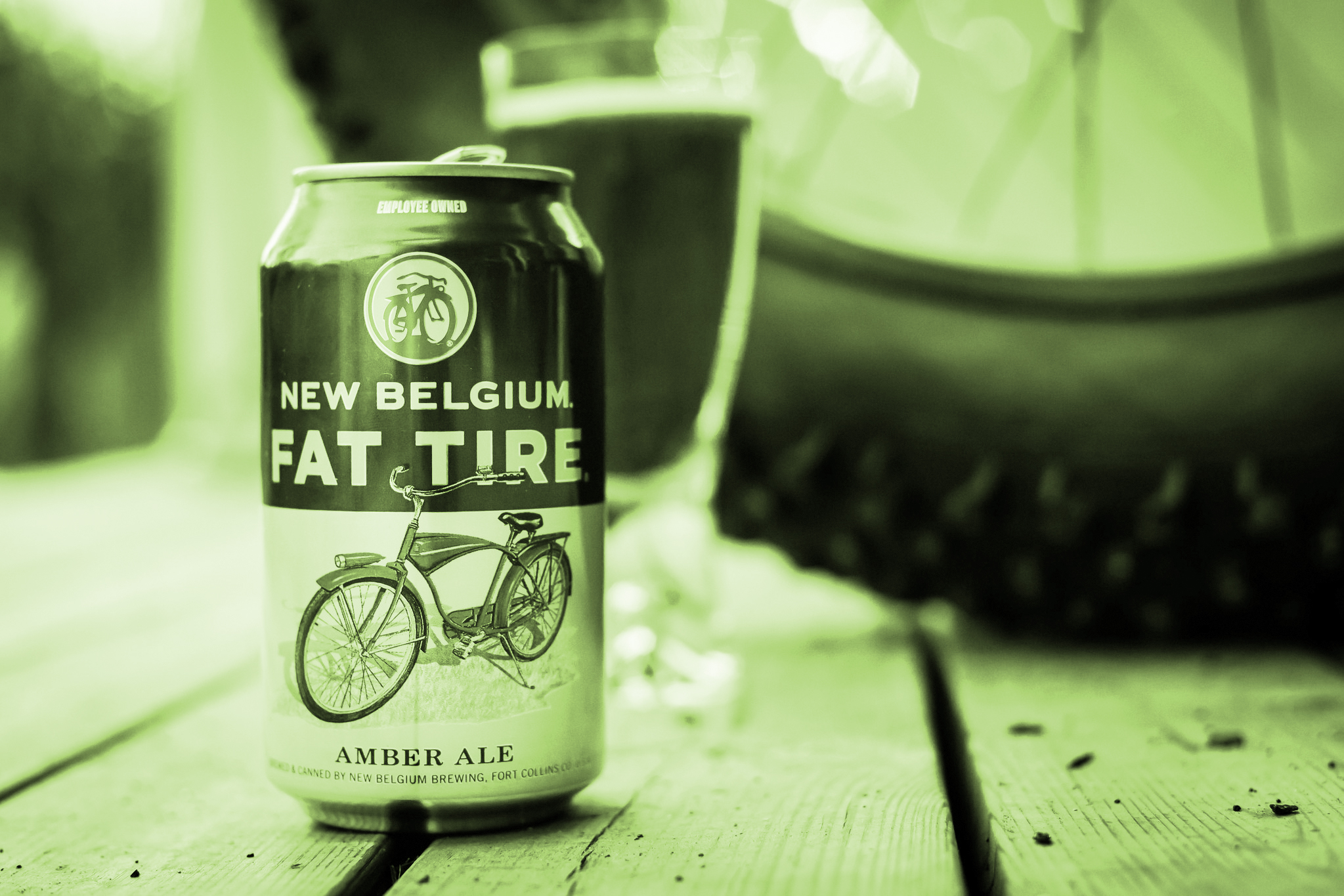When I first heard the news of the impending sale of New Belgium Brewing (NBB), my reaction was “Dang, we’re going to need a new edition of We the Owners!” The 2012 documentary, which has been a powerful and useful educational tool in my time working in the employee ownership space, made NBB into a poster-child for the ESOP model.
Because of this, the recent announcement was received very differently from that of the many ESOPs that are quietly purchased each year. Employee ownership was core to New Belgium’s identity, and their story offered an alternative model to many concerned by the corporate consolidation of the craft beer sector over the past few years. Discussions across Twitter in the wake of the announcement delved into topics usually reserved for windowless basement conference workshops at meetings of The ESOP Association and the National Center for Employee Ownership, and pointed to tensions in model and purpose that are often papered over in public expressions of the broad category of “employee ownership.”
At core, these tensions are rooted in the two main models by which “broad-based employee ownership” are achieved in the U.S.: the ESOP and the worker cooperative. While both seek to provide workers with the opportunity to build ownership in their place of employment, the character of what they own is clearly different. In an ESOP, employees accumulate shares of the company in their retirement accounts, which are assigned a market value each year by a third-party valuator. By contrast, once a worker co-op is established, its structure does not require it to be assigned a market value as part of its relationship to its employee- owners. Workers share in the profitable cash flow of the business, while their share price usually remains static.
These differences are far from cosmetic, and should be clearly understood by anyone considering an exit to employees. If one’s goal is to provide rank-and-file employees with the opportunity to build wealth through their work, and if their company being bought in the future in a way that delivers them a windfall is seen as a potential win, then an ESOP is a fantastic tool. If the goal is to create a strongly independent company that can democratically make big strategic decisions based on values rather than ERISA-governed fiduciary duty, a worker co-op is well-suited to that purpose.
Employee ownership was core to New Belgium’s identity, and their story offered an alternative model to many concerned by the corporate consolidation of the craft beer sector over the past few years.
In the end, both common approaches to employee-ownership advance the goal of an economy in which wealth is more broadly distributed than the status quo, and it makes a great deal of sense for them to be working in a close alliance. That said, the New Belgium sale is a high-profile reminder that their differences also matter, and that it’s vital to build expectations accordingly when raising public awareness about the promise of employee ownership.
Going forward, screenings of We the Owners will now require that contextualizing conversation, and elucidating the life-cycle of different employee ownership structures should be a key consideration for those who create the media that designates the next generation of high-visibility employee ownership champions.
Matt Cropp is the Co-Executive Director of the Vermont Employee Ownership Center.
